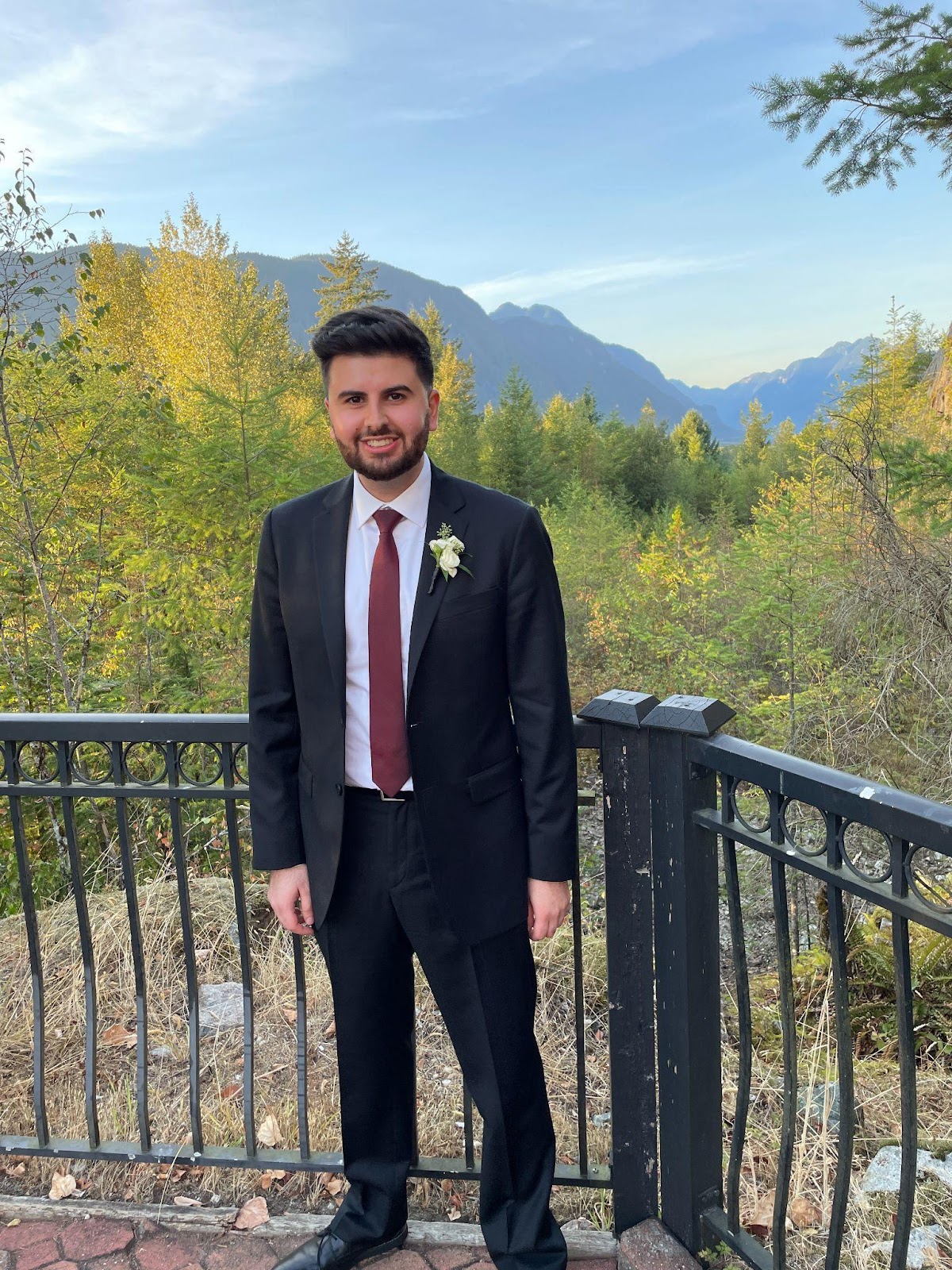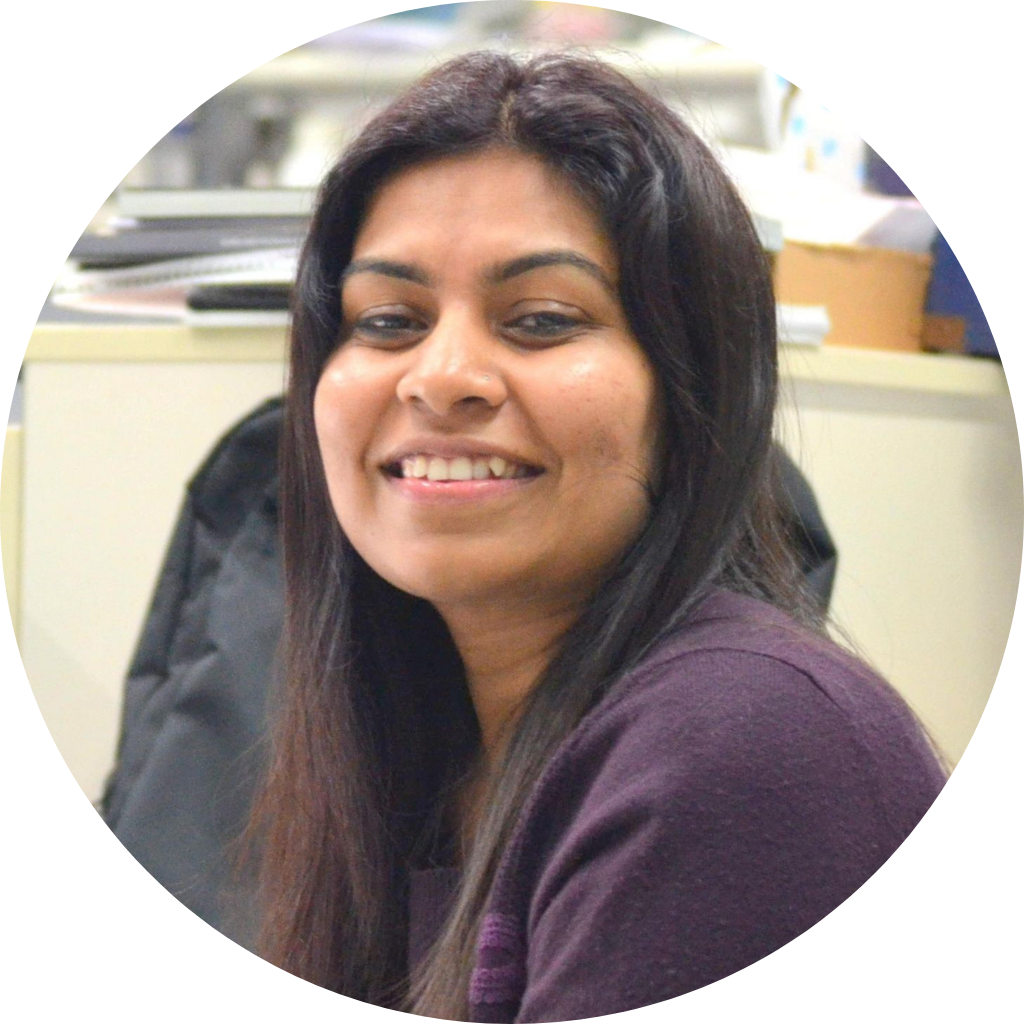About author
Shayan Monabbati is a final year PhD candidate in the Systems & Control Engineering program at Case Western Reserve University, Cleveland, Ohio. He received his bachelor of mechanical engineering from his hometown in Toronto, Canada. His research interests include the use of artificial intelligence tools to extract engineered subvisual features from routinely acquired medical imaging data for the diagnosis, prognosis, and prediction of different diseases. His current projects include an automated method for improved sensitivity in the diagnosis of pancreatobiliary tract adenocarcinomas from bile duct brushing cytopathology specimens and the characterization of the papillary thyroid tumor environment for improved prognosis using pathomic and genomic data.


